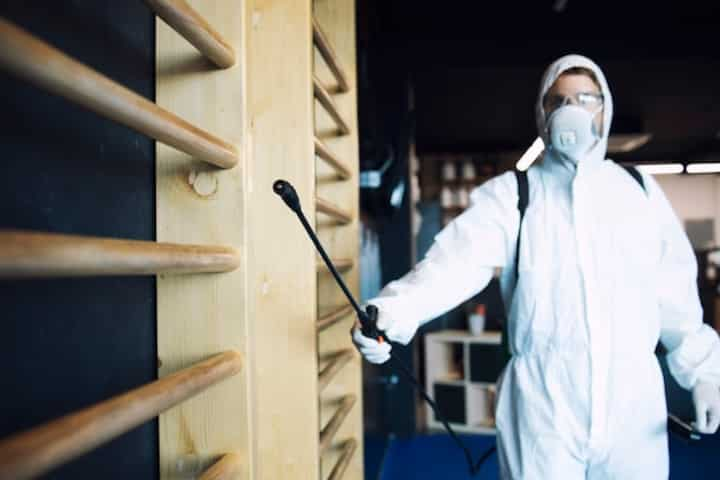
The Ultimate Guide to Residential Mold Remediation Costs
Mold remediation is a crucial process for maintaining a healthy living environment. When mold is discovered in a residential property, it's important to address the issue promptly to prevent further damage and potential health risks. However, one of the most pressing concerns for homeowners is the cost of mold remediation. Understanding the factors that influence these costs can help homeowners make informed decisions and effectively manage their budgets. This guide delves into the various aspects that affect mold remediation costs, providing an overview of what to expect and how to prepare financially.
Factors Influencing Mold Remediation Costs
Several elements play a role in determining the overall cost of mold remediation. The primary factors include:
- Size of the Affected Area: Larger areas with extensive mold growth typically incur higher costs due to the increased labor and materials required.
- Type of Mold: Some mold types are more hazardous than others and may require special handling and disposal methods, impacting the cost.
- Location of Mold: Mold located in hard-to-reach areas like attics or crawl spaces can increase labor costs.
- Extent of Damage: If mold has caused structural damage, additional repairs and materials will add to the overall cost.
- Professional Services: Hiring certified professionals for mold inspection and remediation often ensures quality work but may come at a higher price. Read more about this topic.
Typical Cost Estimates for Mold Remediation
Mold remediation costs can vary widely depending on the factors mentioned above. Generally, cost estimates can be categorized as follows:
- Small-Scale Remediation: Remediation for small areas, such as a single room, can range from $500 to $1,500.
- Moderate Remediation: For moderately sized areas or multiple rooms, costs might range from $2,000 to $4,000.
- Extensive Remediation: Large-scale projects involving entire homes or significant structural repairs can exceed $6,000.
Learn more in this detailed guide to understand how these estimates apply to different scenarios.
Additional Costs to Consider
Inspection and Testing
Before remediation begins, a thorough inspection and testing of the affected areas are often necessary. This step ensures proper identification of mold types and the extent of the problem. Inspection and testing costs typically range from $200 to $600. Explore further insights here.
Post-Remediation Verification
After remediation work is completed, it is advisable to conduct a post-remediation verification to confirm that mold levels have been reduced to safe levels. This verification can cost an additional $100 to $200.
Ways to Manage Mold Remediation Costs
Homeowners can take several steps to manage and potentially reduce mold remediation costs:
- Regular Inspections: Conducting regular inspections can help catch mold issues early, potentially reducing the extent and cost of remediation. Find additional information here.
- DIY Prevention Measures: Implementing measures such as controlling humidity and fixing leaks promptly can help prevent mold growth.
- Insurance Coverage: Reviewing homeowner's insurance policies to understand coverage for mold remediation can help offset costs.
To gauge the effectiveness of different mold remediation services, it is beneficial to consider customer feedback. Check out customer reviews here to make an informed decision.
Conclusion
Mold remediation is an essential investment in the health and safety of a home. By understanding the factors that influence costs and exploring ways to manage these expenses, homeowners can effectively address mold issues without breaking the bank. For more comprehensive information, learn more in this detailed guide.